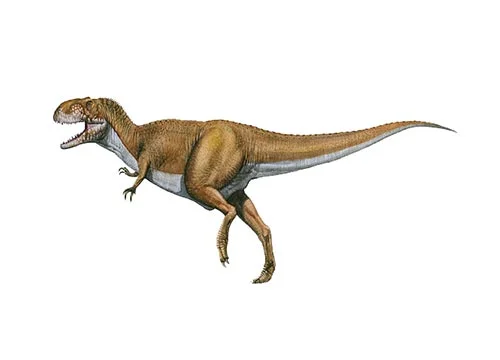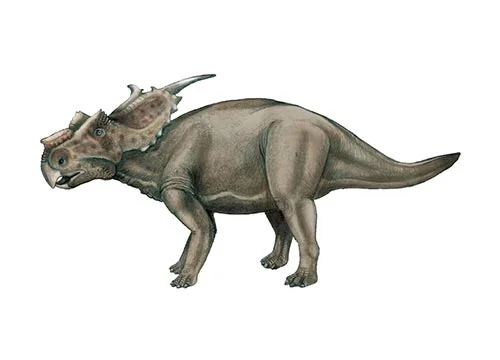Deinocheirus (Terrible hand)

Die-noe-ky-rus
Osmólska & Roniewicz - 1970
Omnivore
Estimated up to 40 feet in length
Large Theropod
D. mirificus (type)
Mongolia, Nemegt Formation
Late Cretaceous, 70 million years ago
Deinocheirus Facts
Deinocheirus, meaning “terrible hand,” was a large herbivorous dinosaur that lived during the Late Cretaceous period, approximately 70 million years ago, in what is now Mongolia.
This dinosaur was a theropod, a group of bipedal, carnivorous dinosaurs, although recent studies have suggested that it may have been an omnivore or herbivore instead. Deinocheirus was a massive animal, measuring up to 40 feet in length and weighing an estimated 6 tons.
One of the most striking features of Deinocheirus was its unusual appearance. It had a long, narrow head, a hump-like structure on its back, and short, powerful arms that were almost 8 feet long. These arms were equipped with large, blunt claws, giving the dinosaur its name “terrible hand.”
Despite its intimidating appearance, recent research suggests that Deinocheirus was not a predator, but rather a slow-moving, herbivorous animal that fed on vegetation such as leaves and twigs. Its long arms may have been used to reach high branches or to pull down vegetation.
Deinocheirus is known from only a few partial skeletons, and for many years, it was one of the most enigmatic and mysterious dinosaurs. Its unique features puzzled paleontologists for decades, and it wasn’t until the discovery of more complete specimens that its true identity and lifestyle were revealed.
Deinocheirus is an important part of the evolutionary history of dinosaurs and sheds light on the diversity and adaptations of these fascinating animals during the Late Cretaceous period.



